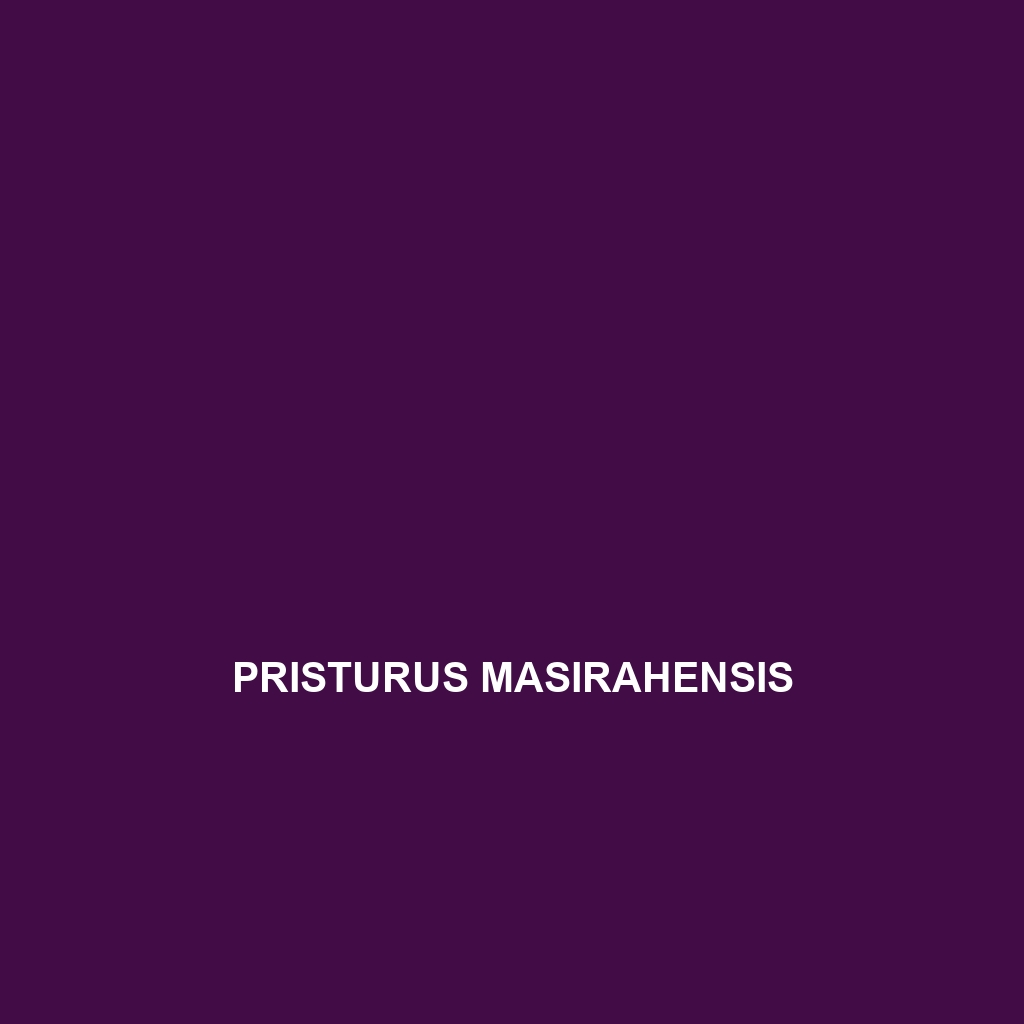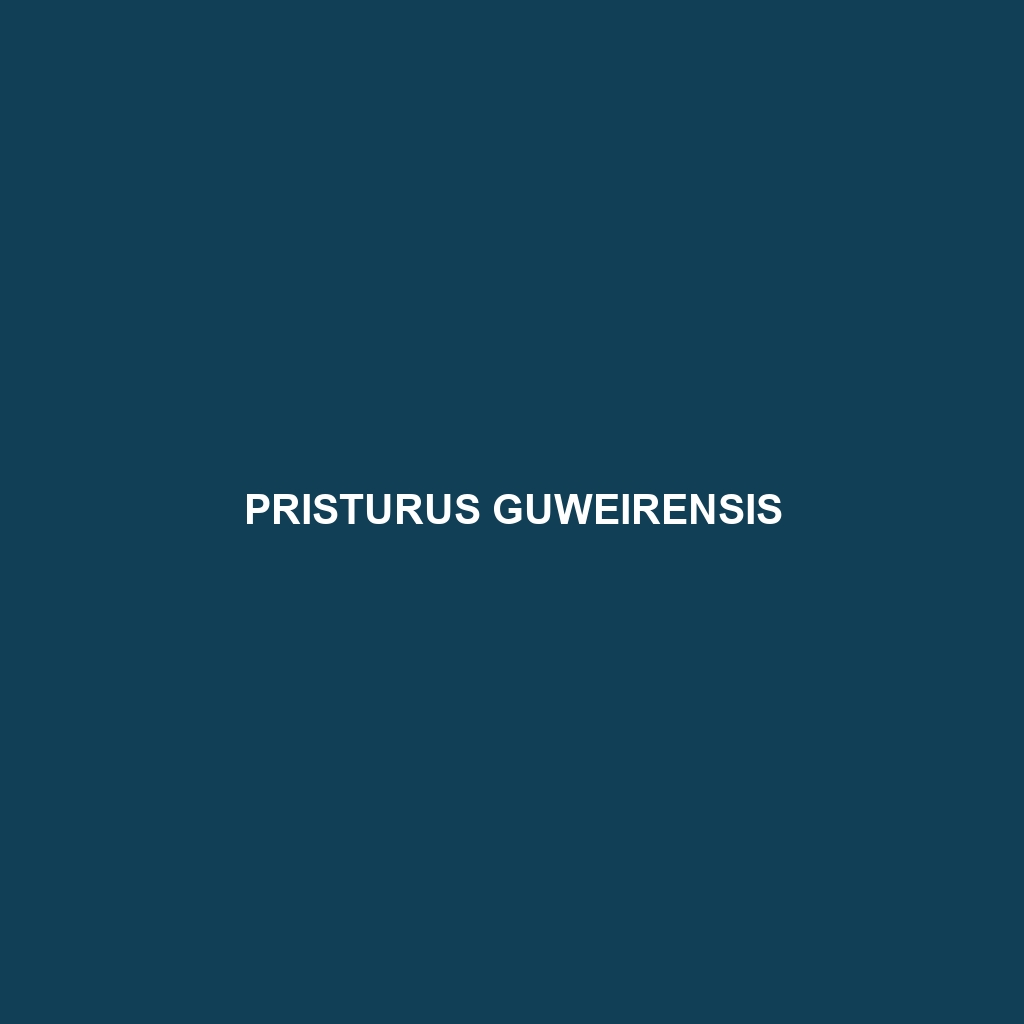Discover the Sonora occipitalis, or desert nightsnake, a slender, nocturnal serpent thriving in the arid landscapes of the southwestern United States and northwestern Mexico. Known for its distinctive coloration and secretive behavior, this insectivorous species plays a vital role in maintaining ecological balance while adapting to harsh desert conditions.
Tag: desert ecosystems
Sonora occipitalis
Discover the Sonora occipitalis, or desert nightsnake, a slender, nocturnal serpent thriving in the arid landscapes of the southwestern United States and northwestern Mexico. Known for its distinctive coloration and secretive behavior, this insectivorous species plays a vital role in maintaining ecological balance while adapting to harsh desert conditions.
Pseudotrapelus tuwaiqensis
Discover the Tuwaiq Agama (<i>Pseudotrapelus tuwaiqensis</i>), a medium-sized lizard native to the Arabian Peninsula, known for its striking blue and black coloration in males, adaptability to arid habitats, and crucial role in controlling insect populations. With diurnal habits and fascinating social behaviors, this resilient reptile thrives in rocky terrains, showcasing its unique adaptations to desert life.
Pristurus saada
<p>The <b>Pristurus saada</b>, or Arabian sand gecko, is a medium-sized, nocturnal reptile native to the arid deserts of the Arabian Peninsula. Adapted to extreme climates, it primarily feeds on insects, plays a vital role in its ecosystem, and exhibits unique physical traits such as large eyes and specialized toe pads for efficient navigation.</p>
Pristurus masirahensis
<p>The <b>Pristurus masirahensis</b>, or Masirah Island gecko, is a nocturnal insectivore native to the rocky terrains of Masirah Island, Oman. With a slender body reaching up to 15 cm and sandy-brown coloration for camouflage, this unique gecko plays a crucial role in its ecosystem by controlling insect populations while serving as prey for larger animals.</p>
Pristurus guweirensis
<p><b>Pristurus guweirensis</b>, a moderately sized lizard found in the arid ecosystems of the Arabian Peninsula, showcases exceptional climbing abilities and a diet primarily consisting of insects. Known for its distinctive coloration and resilience, this species plays a vital role in controlling pest populations and maintaining ecological balance in its habitat.</p>
Pseudotrapelus tuwaiqensis
Discover the Tuwaiq Agama (<i>Pseudotrapelus tuwaiqensis</i>), a medium-sized lizard native to the Arabian Peninsula, known for its striking blue and black coloration in males, adaptability to arid habitats, and crucial role in controlling insect populations. With diurnal habits and fascinating social behaviors, this resilient reptile thrives in rocky terrains, showcasing its unique adaptations to desert life.
Pristurus saada
<p>The <b>Pristurus saada</b>, or Arabian sand gecko, is a medium-sized, nocturnal reptile native to the arid deserts of the Arabian Peninsula. Adapted to extreme climates, it primarily feeds on insects, plays a vital role in its ecosystem, and exhibits unique physical traits such as large eyes and specialized toe pads for efficient navigation.</p>
Pristurus masirahensis
<p>The <b>Pristurus masirahensis</b>, or Masirah Island gecko, is a nocturnal insectivore native to the rocky terrains of Masirah Island, Oman. With a slender body reaching up to 15 cm and sandy-brown coloration for camouflage, this unique gecko plays a crucial role in its ecosystem by controlling insect populations while serving as prey for larger animals.</p>
Pristurus guweirensis
<p><b>Pristurus guweirensis</b>, a moderately sized lizard found in the arid ecosystems of the Arabian Peninsula, showcases exceptional climbing abilities and a diet primarily consisting of insects. Known for its distinctive coloration and resilience, this species plays a vital role in controlling pest populations and maintaining ecological balance in its habitat.</p>









